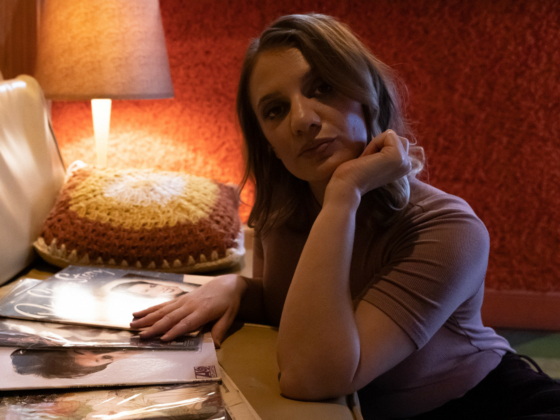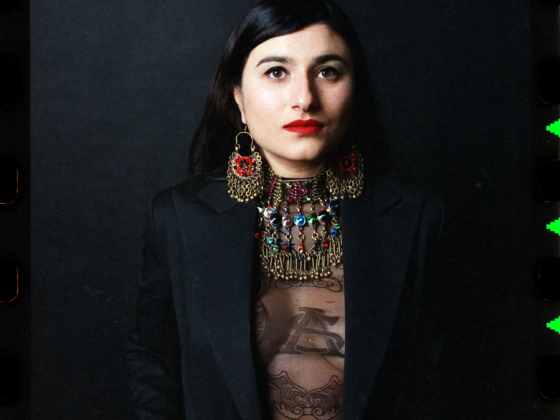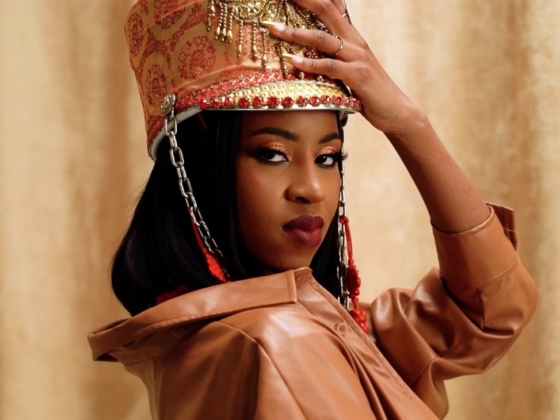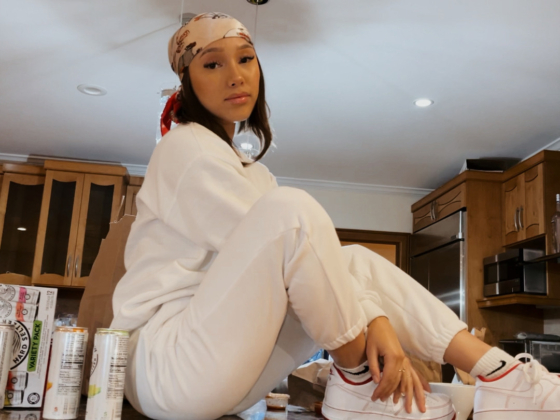Dyna Edyne keeps it light and intimate on “Don’t Hold Back”
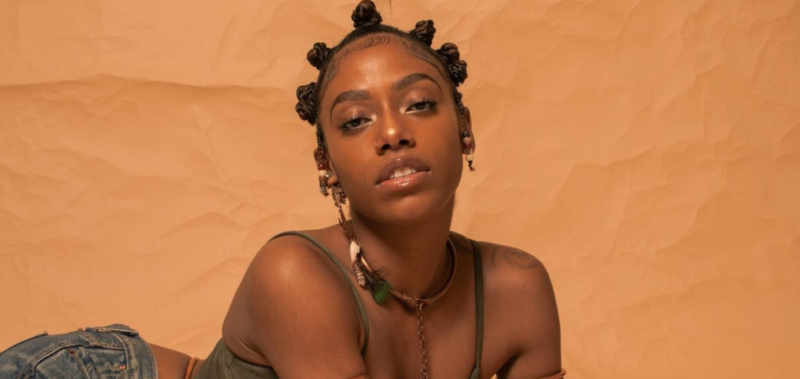
Soft-focused and slow-burning, Dyna Edyne’s “Don’t Hold Back” slips into the room at a deliberate pace, built on satiny layers and a gentle hush. Chorus-drenched Rhodes licks blur into soft…
Share

